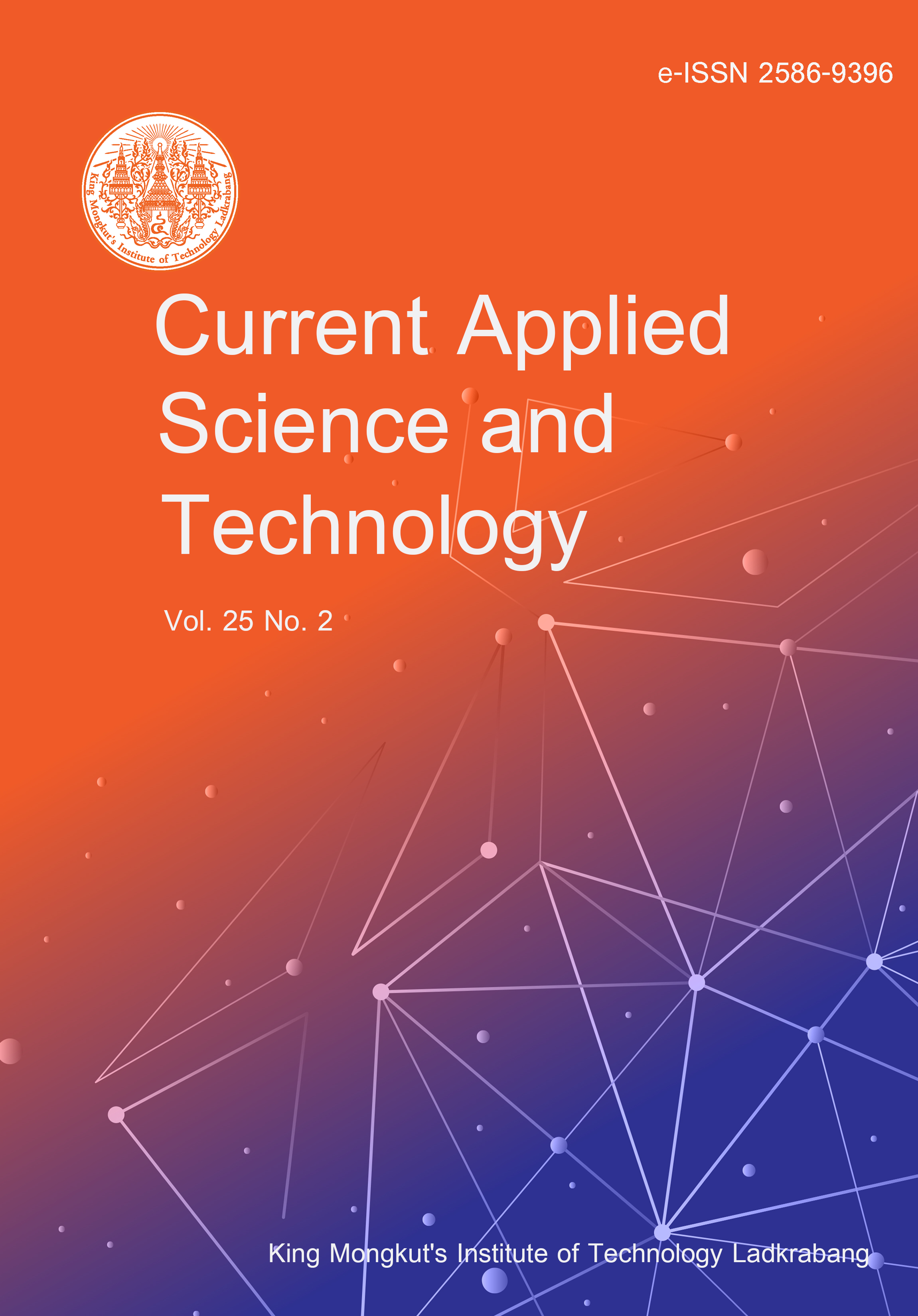In this study, a series of glasses in the 25 Na2O- 15 B2O3- (60-x)SiO2- xWO3 system (with x up to 2 mol%) was developed by a melt-quench route. To evaluate their potential applications as novel lead-free transparent shielding materials in nuclear medicine, the impact of tungsten trioxide (WO3) addition on glass formation, structure, properties, and radiation shielding effectiveness of the produced glasses was also investigated. The glass forming ability was found to be restricted, and high-transparency homogeneous bulk glasses containing WO3 up to 1.5 mol% could only be achieved, as verified by XRD measurements. FTIR spectroscopy revealed the network modifications caused by the incorporation of various WO3 concentrations into the glass system. This was further supported by thermal and mechanical investigation, which demonstrated that increasing WO3 content increased both glass transition temperature (Tg) and Vickers hardness (Hv) values. The increases in Tg and Hv could be attributed to tungsten's participation in the formation of new strong W-O connections. Furthermore, the radiation shielding performance of the glasses, such as the half-value layer (HVL), the mean free path (MFP) and the lead equivalent thickness (LEV), as determined by means of a NaI(Tl) scintillation detector in a narrow beam geometry setup using 137Cs, 133Ba and 57Co as the radiation sources, were compared to that of commercial lead glass and found to be improved with higher WO3 content. The findings provide sufficient data to indicate that our tungsten-doped borosilicate glasses, especially the sample containing 1.5 mol% WO3, could be potential candidates for alternative lead-free, high-transparency radiation shielding materials in nuclear medicine applications.
Suriyoporn, S. ., Suwanprateep, S. ., Sawangboon, N. ., Chuamsaamarkkee, K. ., Charoenphun, P. ., & Meechoowas, E. . (2024). Tungsten-Doped Borosilicate Glasses for Radiation Shielding. CURRENT APPLIED SCIENCE AND TECHNOLOGY, e0262195. https://doi.org/10.55003/cast.2024.262195

